The windswept plains and rugged mountains of Patagonia hide a shadowy monarch. The puma, often called the mountain lion or cougar, slips between crags and grasslands like a whispered secret. Unlike the roaring lions of Africa or the showy leopards of Asia, Patagonia’s puma rules quietly. It is both ghost and guardian of a wild, windswept world—a creature that rarely lets itself be seen, but leaves an undeniable mark on the land and on the hearts of those lucky enough to glimpse it. To know the Patagonian puma is to fall under the spell of its mystery and resilience.
Silent Stalker of the Steppe

Patagonia’s puma moves with a grace that borders on the supernatural. You’ll rarely hear it coming—its padded paws barely disturb the gravel, and its golden coat melts into the tawny grass. This silence is its greatest weapon. While other big cats advertise their presence with growls or roars, the puma hunts in near-total quiet, blending perfectly into the windswept steppe. This stealth allows it to approach guanacos and hares—its favorite prey—without being noticed. Sometimes, watching a puma is like watching a shadow come to life. There’s a humbling lesson in its quiet mastery: dominance doesn’t always announce itself. Sometimes, it creeps in softly, leaving only the faintest trace.
Patagonia’s Wide Open Kingdom
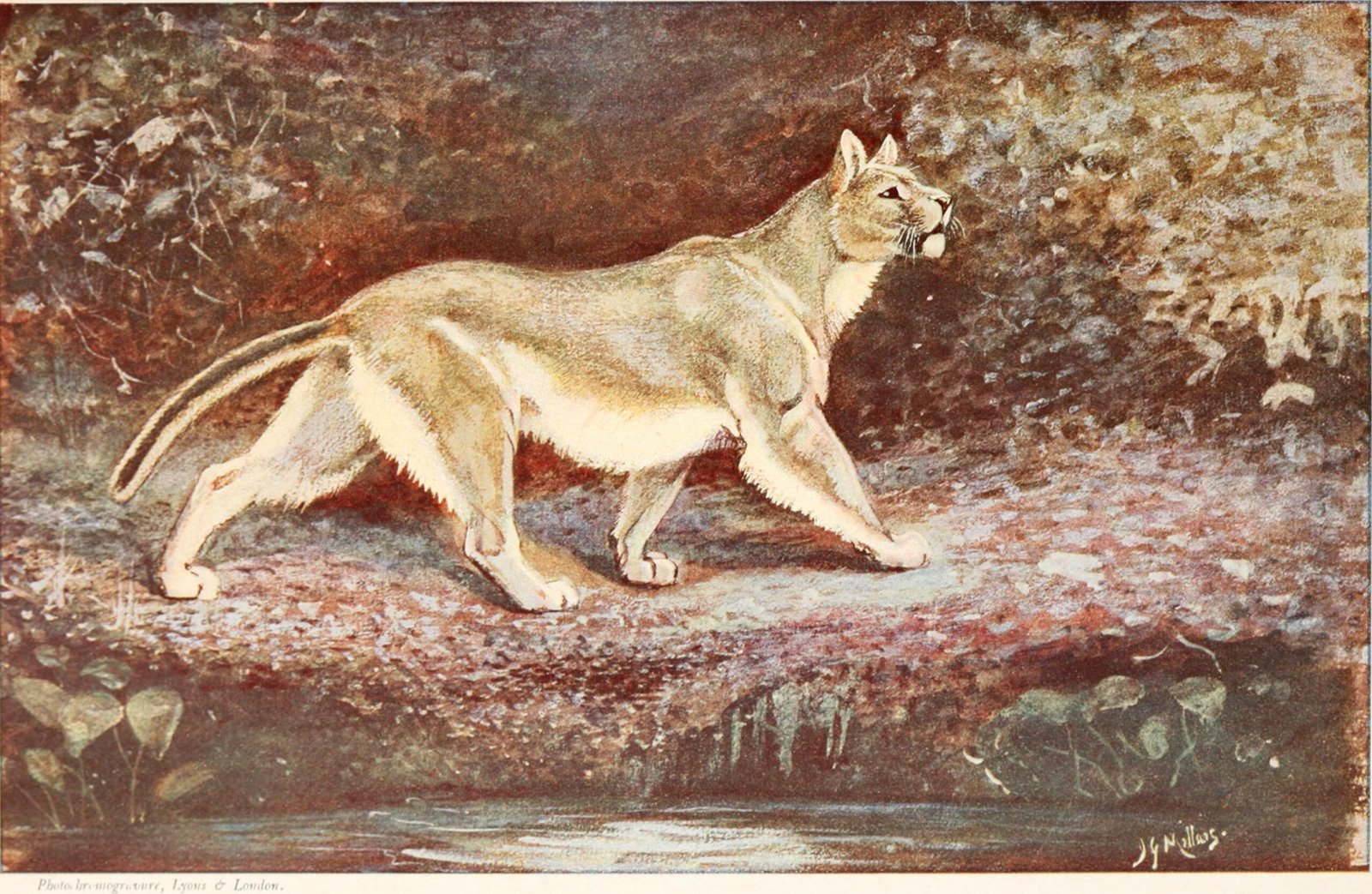
The puma’s territory is one of the world’s last wild frontiers. Patagonia’s landscape sprawls across southern Argentina and Chile, with icy peaks, endless grasslands, and blue glacial lakes. Here, a single puma can roam hundreds of square kilometers. This vastness is both a blessing and a curse. It offers freedom and solitude, but also means pumas must travel far and wide to find food. Their ability to survive in such open, often harsh terrain is nothing short of inspiring. It’s as if the spirit of Patagonia itself—untamed, raw, and beautiful—lives on in every stride of the puma.
Masters of Camouflage

The Patagonian puma is a master of blending in. Its fur is a soft, sandy brown—sometimes tinged with gray—that matches the rocky outcrops and dry grass. When it crouches low, even seasoned trackers can lose sight of it. This camouflage isn’t just for hunting; it’s a shield against threats, both natural and human. The ability to disappear at will keeps the puma safe from dangers, while also making it one of the hardest animals to spot in the wild. It’s humbling to realize that, even in plain sight, nature can hide its most powerful players.
Family Bonds in the Wild

Though pumas are famously solitary as adults, their family life is deeply touching. Mothers raise their kittens alone, fiercely protecting them in hidden dens among rocks or dense shrubs. For months, she will teach them to stalk, pounce, and survive in a world filled with danger. The bond between mother and cubs is strong—she rarely leaves them unattended and will risk her life to defend them. Watching a puma mother with her young is a lesson in patience and devotion. It reminds us that even the most independent spirits sometimes need a gentle, guiding touch.
A Diet Built on Adaptability

Patagonian pumas are not picky eaters. Their main meal is the guanaco—a wild relative of the llama—but they are just as likely to chase down hares, birds, or even armadillos. In tough times, they’ll scavenge, eating what they can find. This flexibility is part of why they’ve survived so long in Patagonia’s ever-changing environment. It’s a bit like a chef who can whip up a meal from whatever’s in the fridge; the puma makes do with what the land provides. Their ability to adapt is a quiet triumph in a world that’s always shifting beneath their paws.
Shy Neighbors of Humanity

Although pumas share the landscape with ranchers and small towns, they usually keep their distance from people. There’s a certain shyness to them—a reluctance to cross paths with humans unless absolutely necessary. Conflicts can happen, especially when livestock is involved, but most pumas would rather slip away unseen. This delicate balance reminds us that coexistence is possible, even with the wildest neighbors. It’s a gentle nudge to respect the boundaries that let wild things remain wild, and to cherish the rare privilege of living alongside them.
Legends of the Moonlit Hills
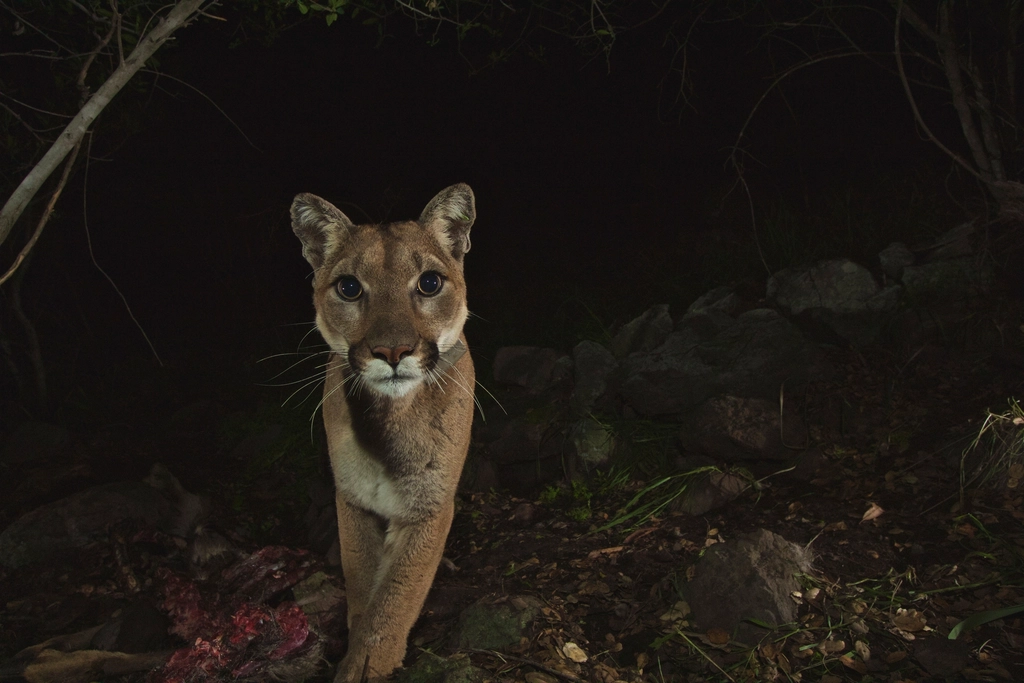
Long before scientists studied them, Patagonian pumas prowled through local folklore. Indigenous peoples saw the puma as a powerful spirit, sometimes a guardian, sometimes a trickster. Stories told of pumas guiding lost travelers or outwitting hunters. In these tales, the puma is not just an animal—it’s a symbol of the wild’s enduring mystery. When you walk through Patagonia at night and hear the wind howl, it’s easy to understand why the puma became a creature of legend. Its spirit lingers in every shadow, reminding us that some mysteries are meant to be savored, not solved.
The Puma’s Quiet Roar

Unlike lions or tigers, the puma doesn’t roar. Instead, it communicates with soft chirps, whistles, and purrs—a secret language shared between mothers and kittens or rival males. Sometimes, a puma’s scream echoes across the valley, startling and raw, but most of the time their voice is gentle, even loving. There’s something oddly comforting about their quiet ways. It’s proof that power doesn’t always need to be loud to be felt. In the hush of Patagonia, a puma’s whisper is as meaningful as any roar.
Eyes Like Liquid Gold

One of the most captivating things about the Patagonian puma is its eyes. Large and round, they shimmer with a golden or greenish glow in the sunlight. At dawn or dusk, when the light is just right, those eyes can stop you in your tracks. They seem to hold the wisdom of the wild—calm, curious, and a little wary. For many wildlife watchers, making eye contact with a puma is a once-in-a-lifetime moment, filled with awe and a sense of connection. Those eyes remind us that every wild creature has a story, and sometimes, you can read it just by looking in their eyes.
Solitude as a Way of Life
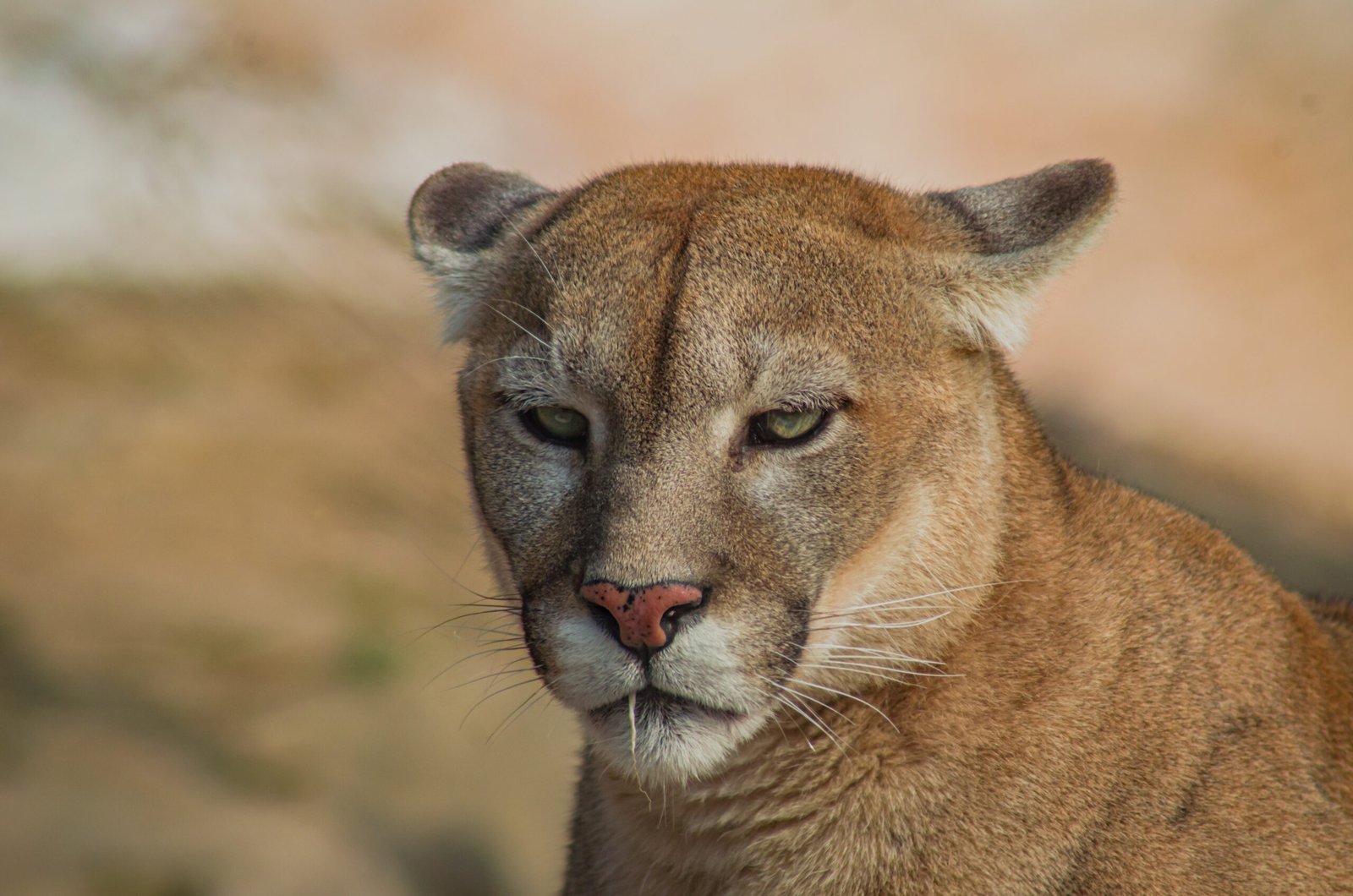
Pumas are the ultimate introverts of the animal kingdom. They roam alone, except for mothers with cubs. This solitary lifestyle isn’t about loneliness; it’s about survival. By keeping to themselves, pumas avoid competition for food and reduce the risk of dangerous fights. There’s something quietly inspiring about an animal that’s so comfortable on its own, moving to the rhythm of its own needs and instincts. In a world that often celebrates crowds and noise, the puma reminds us of the strength found in solitude and self-reliance.
Impact on Patagonia’s Ecosystem

Pumas are more than just hunters; they’re vital to the health of Patagonia’s ecosystem. By keeping guanaco and hare populations in check, they prevent overgrazing and help maintain the delicate balance of grasslands and forests. Even the leftovers from a puma’s meal feed foxes and condors, supporting a web of life that stretches far beyond the puma itself. It’s a humbling reminder that every creature, no matter how solitary, plays a part in the larger story of the wild. The puma’s presence ripples through Patagonia, shaping the land in quiet, unseen ways.
The Art of the Ambush

Patagonian pumas are experts at the ambush. They’ll stalk their prey for hours, moving low and silent through the grass before unleashing a burst of speed. The element of surprise is everything. In a landscape where cover is scarce, this ability to blend in, wait, and strike at just the right moment is nothing short of remarkable. It’s like watching a master chess player, thinking several moves ahead before making the final, decisive play. The patience and precision of a puma’s hunt speak to the cleverness woven into every fiber of its being.
The Purr of Contentment

Despite their fierce reputation, pumas are known to purr—especially mothers with their young. This soft, rumbling sound is a sign of comfort and safety, a gentle reminder of the warmth that still exists in the wild. Hearing a puma purr is like stumbling across a lullaby in the middle of a storm. It’s a surprising, tender side to an animal so often seen as a shadowy hunter. In those moments, the line between wildness and gentleness blurs, and you’re reminded that even apex predators need moments of softness.
Moonlit Movements
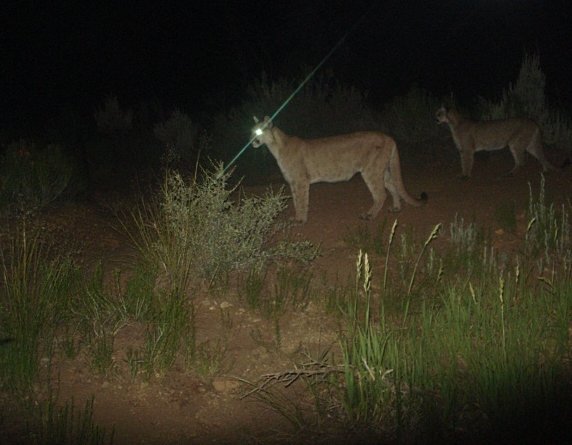
Pumas do much of their hunting at dawn, dusk, or under the cover of night. The moonlit steppe becomes their stage, every shadow a possible hiding place. Their eyes are specially adapted to low light, allowing them to see what others can’t. There’s something thrilling about the idea of a puma moving silently through the darkness, guided only by moonlight and instinct. It makes you wonder what other secrets Patagonia holds in the hours when most humans are fast asleep. The night belongs to the puma, and it wears the darkness like a cloak.
Challenges of Coexistence

As Patagonia becomes more developed, pumas face new dangers. Roads, fences, and expanding livestock farms can fragment their territory and bring them into conflict with humans. Sometimes, a desperate puma will take a sheep, leading to tension with ranchers. Conservation groups are working to find solutions—like better fencing and education programs—that allow both people and pumas to thrive. It’s a delicate dance, balancing tradition with the urgent need to protect Patagonia’s wild heart. The challenge is real, but so is the hope that coexistence is possible with patience and understanding.
Conservation Success Stories

There are reasons to be optimistic for Patagonia’s pumas. In recent years, protected areas like Torres del Paine National Park have become sanctuaries where pumas can live and hunt without fear. Ecotourism is also changing hearts and minds; people now travel from all over the world to see pumas in the wild, providing income that supports local communities and conservation efforts. Every new cub born in safety is a victory. These successes prove that, with care and commitment, the quiet apex predator of Patagonia can continue to thrive for generations to come.
The Puma’s Place in Culture
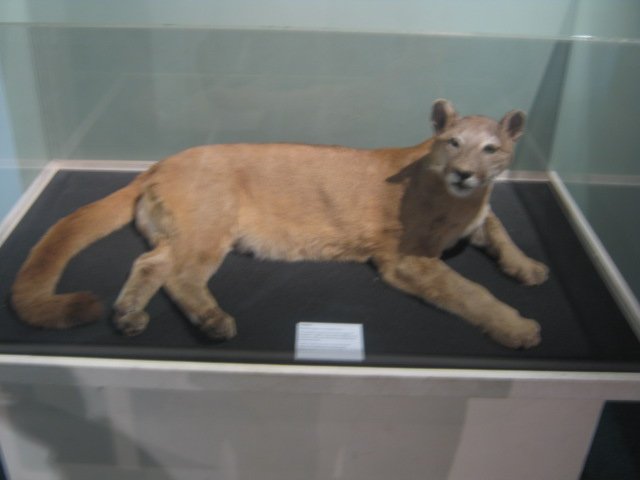
From ancient cave paintings to modern murals, the puma has always had a place in Patagonian culture. It appears as a symbol of strength, independence, and mystery. Children grow up hearing stories of the “león de montaña,” and artists try to capture its elusive beauty. Even today, spotting a puma is considered a sign of good luck or an omen. Its presence in art and story reminds us that wild animals aren’t just part of the landscape—they shape our dreams and imagination, weaving themselves into the fabric of human life.
A Coat for Every Season

The Patagonian puma’s fur changes with the seasons. In winter, it grows thicker and paler, offering warmth and better camouflage against snowy hills. In summer, the coat becomes shorter and more golden, blending with dry grass. This seasonal shift is a small miracle, a reminder of how animals adapt to the rhythms of nature. Every hair serves a purpose, protecting the puma from cold, wind, and watchful eyes. It’s a living cloak, tailored by evolution for survival in one of the world’s most demanding homes.
Territorial Trails

Pumas are creatures of habit, often following the same trails for years. These paths, called “senderos,” wind through valleys and along ridges, invisible to most but clear as day to the puma. Scent marks—tiny clues left behind—help them communicate with rivals and find mates. Sometimes, hikers stumble across these mysterious trails and feel a shiver of excitement, knowing they walk where the mountain lion walks. It’s a humbling reminder that even in places we think are empty, the wild is watching, moving silently just out of sight.
Learning from Life and Loss

Every puma in Patagonia faces hardship—hunger, injury, and sometimes conflict with people. Not all survive, but every struggle leaves a mark on the survivors. Cubs learn quickly from their mother’s lessons and the dangers they face. The wisdom gained from loss and challenge is passed down, shaping stronger, savvier pumas with each generation. It’s a hard truth, but also a hopeful one: life in the wild is tough, but it’s also full of second chances and new beginnings. In every scar, there’s a story of resilience.
Tourism and Transformation

In recent years, Patagonia’s pumas have become unexpected ambassadors for conservation through wildlife tourism. Visitors, hoping for a glimpse of the elusive cat, bring new appreciation—and economic incentive—to keep these lands wild. Local guides, once hunters, have become protectors and storytellers. This transformation is changing the narrative, proving that wild animals can be worth more alive than gone. Every visitor who leaves Patagonia with a story of seeing a puma carries that wonder home, spreading respect for these creatures far beyond the steppe.
The Future of Patagonia’s Pumas

No one can say for certain what lies ahead for the puma. Climate change, development, and shifting prey populations all pose new challenges. But the resilience that has carried the puma through centuries is still there. Every cub born, every successful hunt, every safe crossing of a busy road is a step toward survival. The future will demand creativity and compassion from both people and pumas. If we listen closely and act wisely, perhaps Patagonia’s quiet monarch will still rule the steppe for generations to come.
Conclusion

Felines have always inspired wonder, and Patagonia’s puma is no exception. Its quiet strength, resilience, and mysterious beauty are woven into the soul of the southern wilds. To know the puma is to appreciate the subtle power and delicate balance of nature itself. These cats remind us that the world’s wild places are precious, and that even the most elusive creatures play a vital role in our shared story. If you ever find yourself in Patagonia, remember: the land is alive with secrets, and sometimes, the greatest wonders are the ones that move softly, just out of sight. Would you have expected such quiet majesty?

Suhail Ahmed is a passionate digital professional and nature enthusiast with over 8 years of experience in content strategy, SEO, web development, and digital operations. Alongside his freelance journey, Suhail actively contributes to nature and wildlife platforms like Feline Fam, where he channels his curiosity for the Feline into engaging, educational storytelling.
With a strong background in managing digital ecosystems — from ecommerce stores and WordPress websites to social media and automation — Suhail merges technical precision with creative insight. His content reflects a rare balance: SEO-friendly yet deeply human, data-informed yet emotionally resonant.
Driven by a love for discovery and storytelling, Suhail believes in using digital platforms to amplify causes that matter — especially those protecting Earth’s biodiversity and inspiring sustainable living. Whether he’s managing online projects or crafting wildlife content, his goal remains the same: to inform, inspire, and leave a positive digital footprint.






